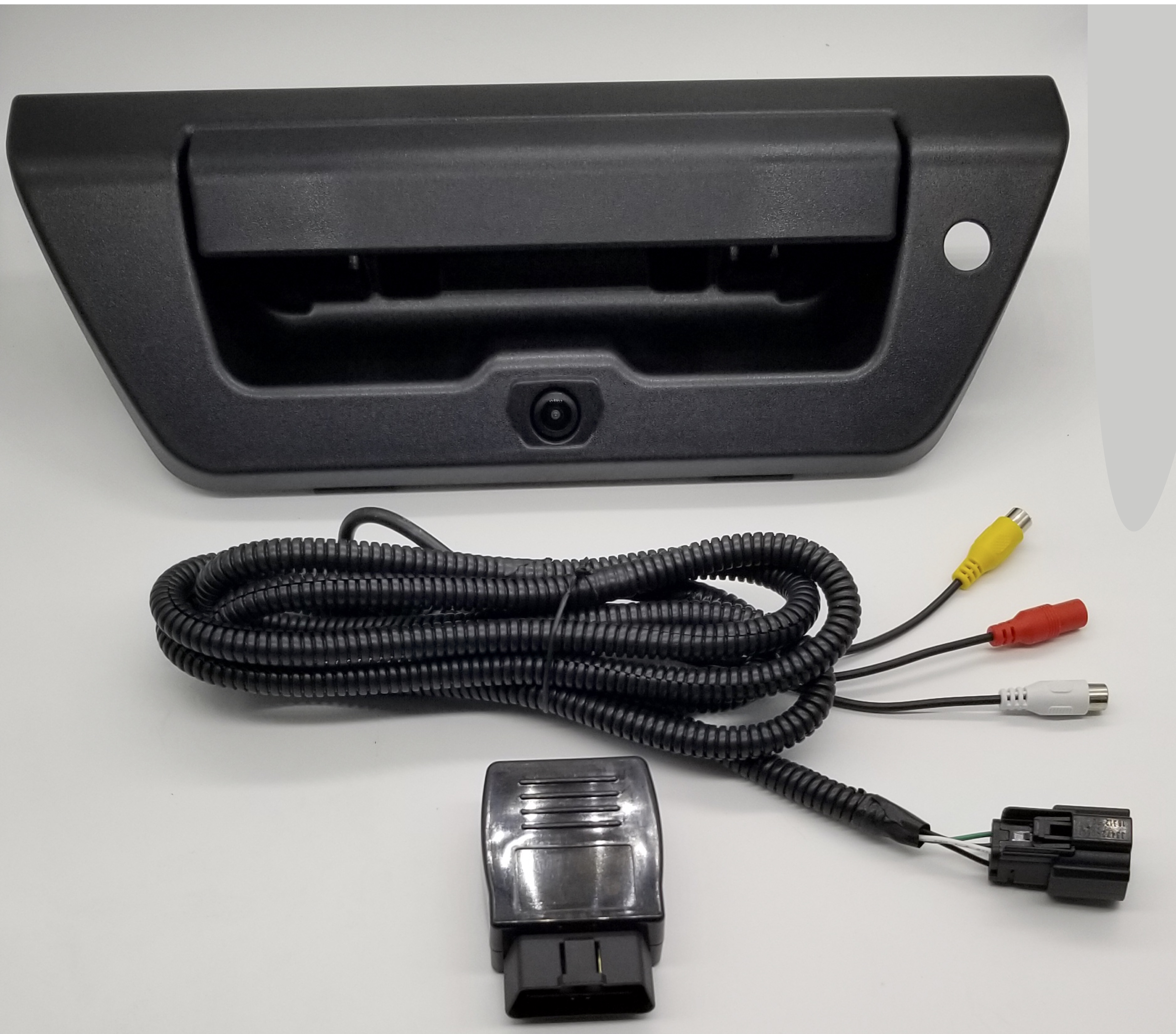

- AFTERMARKET BACKUP CAMERA SYSTEMS INSTALL
- AFTERMARKET BACKUP CAMERA SYSTEMS DRIVER
- AFTERMARKET BACKUP CAMERA SYSTEMS PORTABLE
- AFTERMARKET BACKUP CAMERA SYSTEMS SERIES
License-plate-frame versions permit installation without any permanent vehicle modifications. Some backup and rear cameras are connected to displays on the rearview mirror and are used in vehicles to detect activity behind the car to "avoid the tooling, software, hardware, and testing costs associated with integrating the display/feature in other areas of the vehicle.". AFTERMARKET BACKUP CAMERA SYSTEMS PORTABLE
Such systems consist of a small portable screen that can be affixed on the dashboard or on a rearview mirror, and a length of wire to reach the cameras, including a backup camera.
 Portable or semi-permanent all-in-one camera systems, also known as dashboard cameras or dashcams, are typically sold for vehicles that don't have displays permanently installed in the dash.
Portable or semi-permanent all-in-one camera systems, also known as dashboard cameras or dashcams, are typically sold for vehicles that don't have displays permanently installed in the dash. AFTERMARKET BACKUP CAMERA SYSTEMS SERIES
Night vision cameras use a series of infrared lights for backing in the dark, when the positioning or the intensity of the vehicle's white reverse lights are insufficient for this purpose.Ģ013–2014 Honda Ridgeline rearview mirror backup camera with distance guidelines. Built-in audio intercoms (one-way or two-way) are used in addition to the camera system for communicating with a spotter outside the vehicle - common when backing large trailers or launching boats. AFTERMARKET BACKUP CAMERA SYSTEMS INSTALL
Wireless Backup Cameras come with a wireless camera and receiver, which make it easier and cheaper to install them. AFTERMARKET BACKUP CAMERA SYSTEMS DRIVER
For large vehicles such as motorhomes, camera systems with built-in servomechanisms allow the driver to remotely pan and tilt the camera. They are available in both wired and wireless versions. Backup cameras can be added as aftermarket additions to vehicles that do not come with factory-fitted systems. Inside the vehicle, the display is typically wired to automatically sense when the transmission is set in reverse, showing the backup view on the dashboard screen while the vehicle is in reverse and/or providing grid guidelines by detecting the parking lot markings to aid the driver.īackup cameras are produced in different varieties depending on the application. The camera is typically pointed at a downward angle to view potential obstacles on the ground.īackup cameras make use of dashboard screens that are also used with GPS navigation systems. While such a lens impairs the camera's ability to see faraway objects, it allows the camera to see an uninterrupted horizontal path from one rear corner to the other. A backup camera typically uses a wide-angle or fisheye lens. A mirrored image makes the orientation of the display consistent with the physical mirrors installed on the vehicle. This is necessary because the camera and the driver face opposite directions, and without it, the camera's right would be on the driver's left and vice versa. The design of a backup camera is distinct from other cameras in that the image is horizontally flipped so that the output is a mirror image. Backup cameras are increasingly common on new vehicles and beginning in May 2018 they are now required on all new automobiles sold in the United States. 

A common variant is a Surround View system, which assembles a synthetic but positionally accurate top-down view of the vehicle and its adjacencies.īackup cameras have been regulated by law in Canada and the United States since 2018. Backup cameras are usually connected to the vehicle head unit display. The area directly behind vehicles has been described as a "killing zone" due to associated accidents. It is designed to avoid a backup collision. Backup camera on Volkswagen Golf Mk7 hidden inside the logoĪ backup camera (also called a reversing camera or rear-view camera) is a special type of video camera that is produced specifically for the purpose of being attached to the rear of a vehicle to aid in backing up and to alleviate the rear blind spot.








 0 kommentar(er)
0 kommentar(er)
